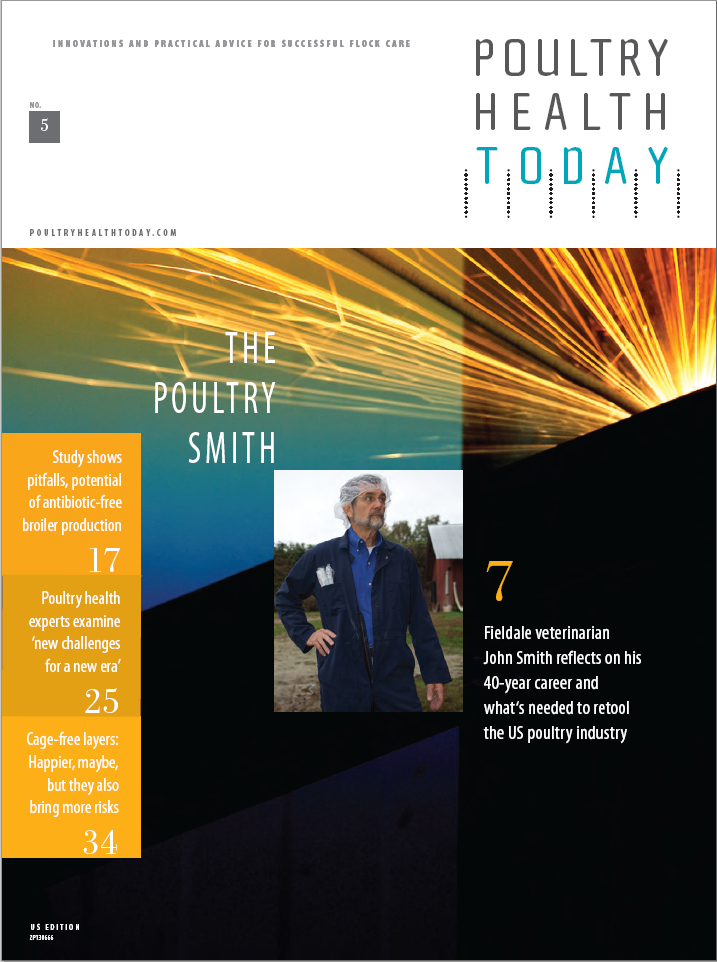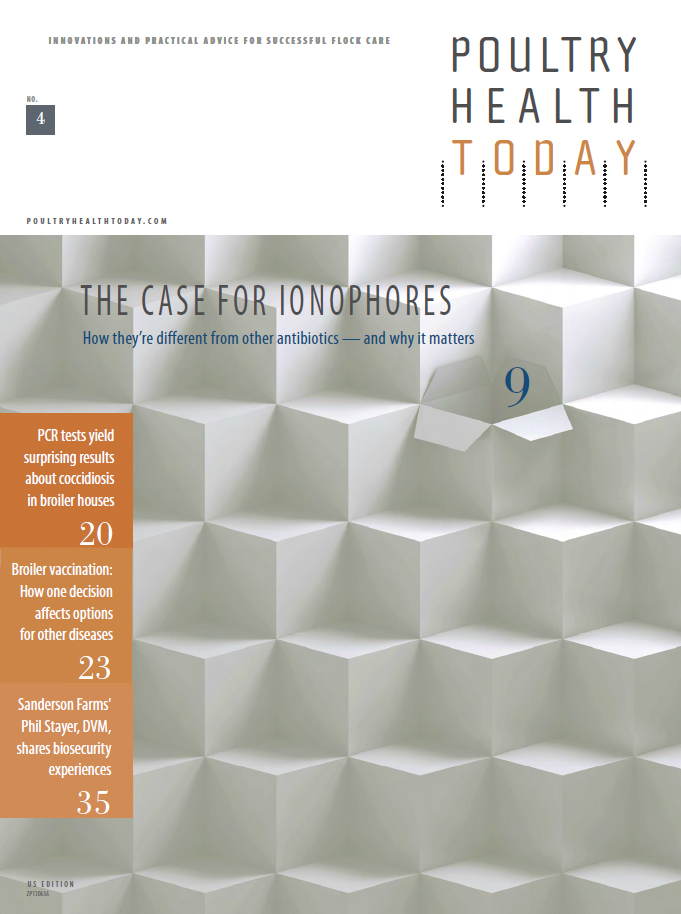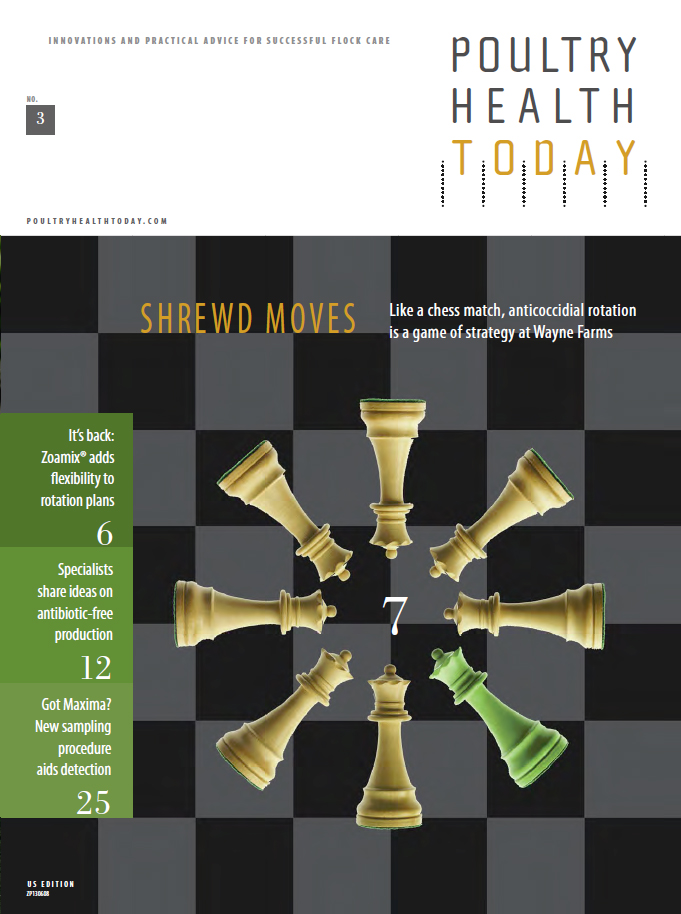

Hen housing systems compared in 3-year study

Commercial and alternative laying-hen housing systems each have pros and cons, according to a recent study.1
Conducted by the Coalition for Sustainable Egg Supply*, the study compared cage-free aviary, enriched colony and conventional cage systems over the course of 3 years and two flock cycles. All three systems were located on a commercial farm in the Midwestern US, and the hens were all Lohmann LSL strain White Leghorns.
There were nearly 200,000 hens in the conventional flock and nearly 50,000 hens each in the cage-free aviary and enriched colony flocks.
Egg production throughout the first half of flock cycles for each system was fairly similar. Production from the aviary system declined the most throughout the remainder of the cycle. Housing type did not affect egg quality at 2 days post-lay nor did it affect the decline in egg quality based on evaluations at 4, 6 and 12 weeks of cold storage.
Hen mortality was “much higher” in the aviary system due to hypocalcemia, egg-yolk peritonitis and excessive pecking. The most egg-yolk peritonitis occurred in the conventional system, however.
Hens in the conventional system also had the highest incidence of foot problems, the fewest keel abnormalities and relatively clean feathers, while those in the aviary system had the lowest incidence of — but most severe — foot problems, the most keel abnormalities and the dirtiest feathers.
Hens in the enriched system had an intermediate incidence of foot problems and keel abnormalities, compared to the other groups, and relatively clean feathers.
To determine physiological stress, investigators used heterophil-to-lymphocyte ratios and white blood cell counts at different points — pullet placement and then again at peak, middle and end of lay. They also weighed the birds’ adrenal glands.
“Overall, the physiological data were not suggestive of differences in long-term or short-term stress between the three housing systems,” according to the coalition’s summary results. Hens in all housing systems shed Salmonella spp. at a similar high rate that was between 89% and 100%. The prevalence of Salmonella spp. associated with egg shells, however, was very low and did not differ among systems.
In total, and driven largely by higher feed, labor, pullet and capital costs, the aviary system was 36% more expensive to produce eggs compared to the conventional system, while the enriched colony system was 13% more expensive than the conventional system, primarily due to capital costs per dozen.
The study report warns that the research is a “snapshot in time” and that caution should be exercised when applying the results to other scenarios with different variables.
1 Laying Hen Housing Research Project. Summary Research Results Report, March 2015. Coalition for Sustainable Egg Supply.
* The Coalition for Sustainable Egg Supply is a group comprised of animal-welfare scientists, academic institutions, non-government organizations, egg suppliers, and restaurant, foodservice and food retail companies. There are nearly 30 members, including the American Humane Association, Daybreak Foods, Inc., United Egg Producers, Tyson Foods and General Mills. Researchers from Michigan State University, University of California-Davis, Iowa State University and USDA Agricultural Research Service all participated in the research.
More Issues












